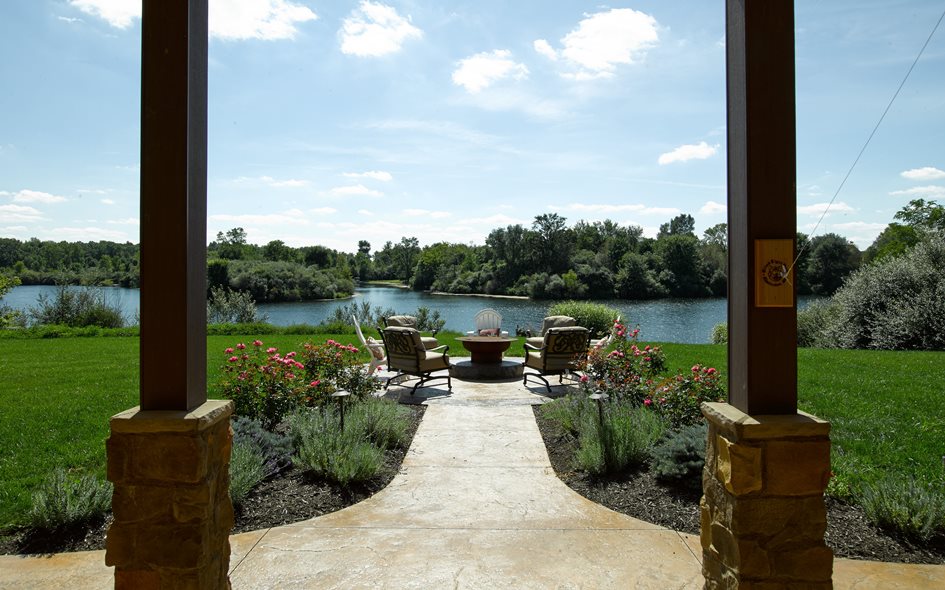Hidden Factors in Home Value
 Everyone knows about the major characteristics that determine a home's value, such as square footage, neighborhood, and the level of interior updating, but what other, more subtle factors come into play? Back in 2020, real estate analytics company HouseCanary sought to answer this question by looking at 5 "hidden" home characteristics that might not be as obvious on a conscious level when measuring a home's value. They found that significant correlations not only exist for things like frontage length, but also show regional trends.
Everyone knows about the major characteristics that determine a home's value, such as square footage, neighborhood, and the level of interior updating, but what other, more subtle factors come into play? Back in 2020, real estate analytics company HouseCanary sought to answer this question by looking at 5 "hidden" home characteristics that might not be as obvious on a conscious level when measuring a home's value. They found that significant correlations not only exist for things like frontage length, but also show regional trends.
HouseCanary measured data from across the nation on 5 "hidden" factors: view angle from backyard, frontage length, backyard exposure to neighbors, privacy score, and backyard slope. They attempted to control for all other variables, such as lot size and square footage, in order to determine the effect of the hidden factor. Here are their findings, ranked according to degree of influence observed for each factor:
1. View angle from the backyard
For this measurement, HouseCanary measured the angle (from 0-180°) of the backyard view that looked on nature or scenery as opposed to other houses. Nationwide, greater view angles correlated with higher value in over 95% of counties, with the greatest effect being observed in the Midwest.
2. Frontage length
This factor refers to the length of the side of the home's lot which faces the street. A positive effect was found in over 88% of counties, meaning that a longer frontage length tended to result in higher home value. The authors believe that simply having more frontage grants more total curb appeal. Frontage was most important in the South.
3. Backyard exposure
This is essentially the inverse of #1, measuring how much of your backyard is visible to neighbors. As you would expect, more exposure equaled lower home value, an effect which appeared in 83% of counties. The negative effect was greatest in the Northeast.
4. Privacy score
HouseCanary developed a "privacy score" by combining backyard exposure, distance to neighbors, home density, and other metrics to see how much overall privacy was valued across the country. About 72% of counties showed values increase with added privacy, particularly in rural areas.
5. Backyard slope
Simply put, would you want your backyard to slope up, slope down, or be flat? This effect was the most varied from place to place, but in general an upward-sloping backyard was less desirable and a downward-sloping backyard was more desirable, with flat falling somewhere in between. The effect was strongest in places with a mix of hilly and flat terrain.
You can learn more about the methodology of the study at HouseCanary.com.
- Cheryl Bourland's blog
- Login or register to post comments
 Google+
Google+


 Information Deemed Reliable but Not Guaranteed. CENTURY 21 H.S.V. Realty is licensed in the state of Arkansas. CENTURY 21 and the CENTURY 21 Logo are registered service marks owned by Century 21 Real Estate LLC. H.S.V. Realty, Inc. fully supports the principles of the Fair Housing Act and the Equal Opportunity Act. Each franchise is independently owned and operated. Any services or products provided by independently owned and operated franchisees are not provided by, affiliated with or related to Century 21 Real Estate LLC nor any of its affiliated companies.
Information Deemed Reliable but Not Guaranteed. CENTURY 21 H.S.V. Realty is licensed in the state of Arkansas. CENTURY 21 and the CENTURY 21 Logo are registered service marks owned by Century 21 Real Estate LLC. H.S.V. Realty, Inc. fully supports the principles of the Fair Housing Act and the Equal Opportunity Act. Each franchise is independently owned and operated. Any services or products provided by independently owned and operated franchisees are not provided by, affiliated with or related to Century 21 Real Estate LLC nor any of its affiliated companies.